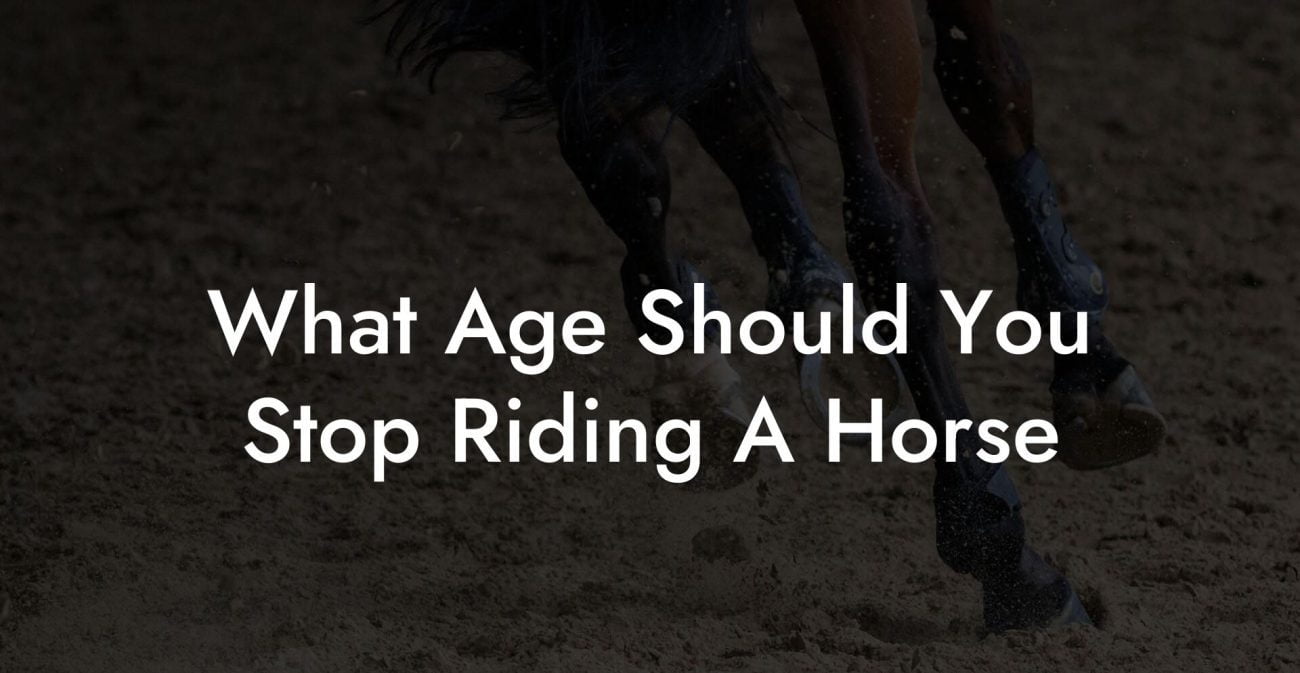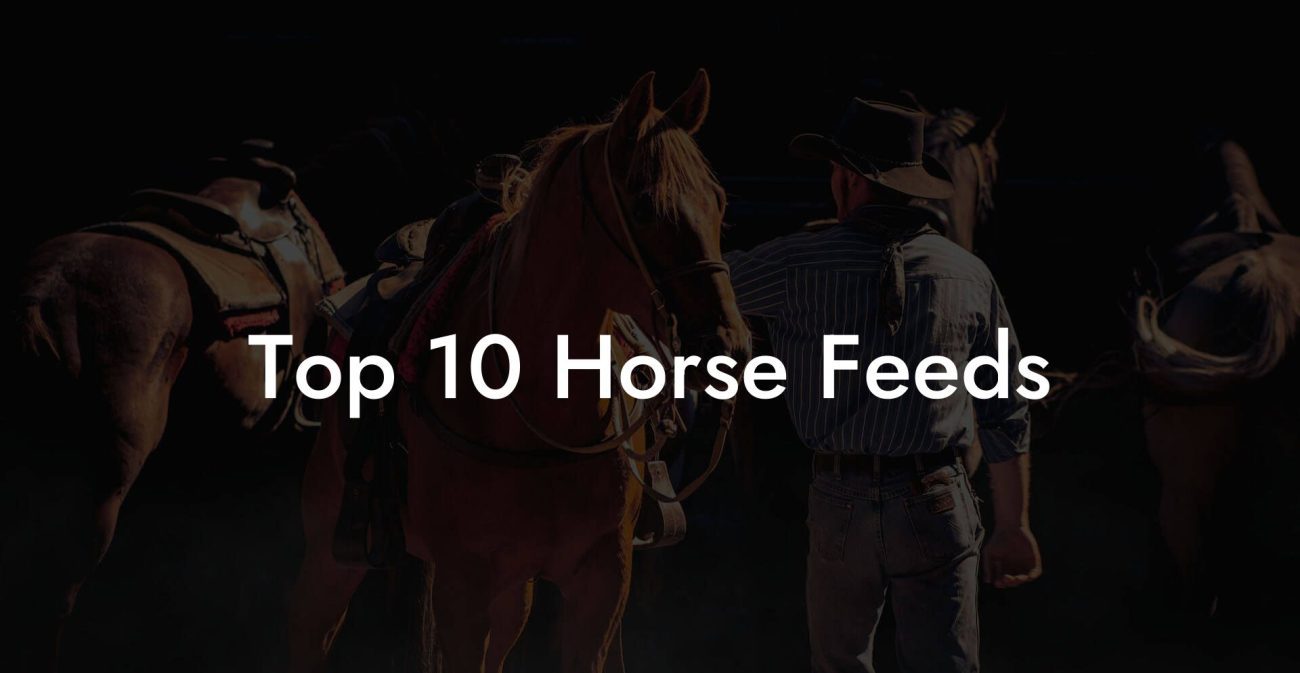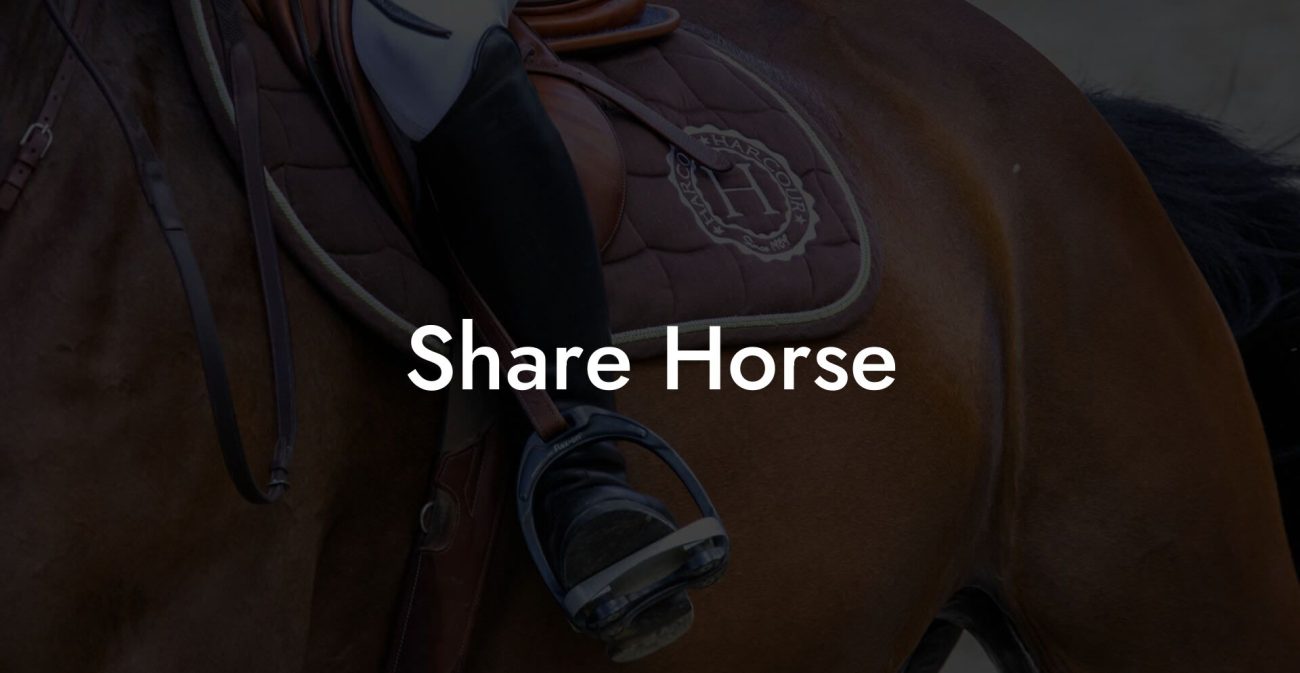Ever wondered if your trusty steed could double as a superhero? When it comes to horse care, one of the most intriguing questions equine enthusiasts ask is, “How many pounds can a horse hold?” This isn’t just a number pulled out of thin air—it’s a fascinating blend of science, tradition, and the sheer power of nature. Whether you’re a Gen-Z rider experimenting with equestrian sports or a millennial horse-lover passionate about quality care and overall well-being of your four-legged companion, this deep dive into equine load capacity is sure to gallop through your curiosity with plenty of surprising insights, fun facts, and expert advice.
Quick Links to Useful Sections
- Diving Into the World of Equine Load Capacity
- Understanding Horse Physiology and Biomechanics
- The Science Behind the 20% Rule – Is It Set in Stone?
- Factors Influencing a Horse’s Carrying Capacity
- How Modern Equine Science is Changing the Game
- Debunking Common Myths About Horse Carrying Capacity
- Myth #1: All Horses Can Carry the Same Weight
- Myth #2: More Weight Means Greater Strength
- Myth #3: The Saddle Does All the Work
- Myth #4: Older Horses Shouldn’t Carry Weight
- Practical Tips for Optimizing Your Horse’s Carrying Capacity
- Ensure Proper Saddle Fit
- Focus on Rider Balance and Technique
- Maintain a Consistent Exercise Program
- Pay Attention to Nutrition and Hydration
- Regular Veterinary Checkups and Physical Therapy
- How to Monitor and Adjust Your Horse’s Load
- Track Physical and Behavioral Changes
- Employ Technology
- Consult with Professionals
- Innovative Approaches to Load Management in Equestrian Sports
- Real-World Stories: Horses That Broke the Mold
- Resources and Community Support: Your Next Steps in Equine Care
- Frequently Asked Questions About Horse Load Capacity
- Charting the Course for Long-Term Equine Health and Performance
- Your Journey to Smart, Compassionate Equine Care
Diving Into the World of Equine Load Capacity
Horses have been mankind’s steadfast partners for centuries—from carrying their riders into battle to helping with everyday work on farms. It turns out that understanding just how many pounds a horse can hold isn’t as simple as slapping a number on a chart. Several factors come into play, including breed, body condition, training, and even the type of terrain they traverse. Today, we’ll explore these variables in detail, debunk common myths, and provide practical tips on horse care and weight management for both your equine friend and you.
In the realm of horse handling, the term “carrying capacity” usually refers to the maximum weight a horse can bear safely on its back, inclusive of any tack like saddles or panniers. As with many aspects of equine care, it’s essential to remember that every horse is unique. What may be a safe load for one majestic mare might be too heavy for another. So, let’s take a closer look at the factors that help determine carrying capacity and discover how you can ensure your horse stays healthy and happy.
Understanding Horse Physiology and Biomechanics
Before we delve into the actual numbers, it’s crucial to understand the biomechanics of our equine counterparts. Horses are marvels of natural engineering, built to cover long distances at impressive speeds. Their skeletal structure, muscle composition, and ligament resilience all contribute to their ability to carry weight.
Generally, experts recommend that a horse should carry no more than 20% of its body weight. For example, a 1,000-pound horse would ideally carry around 200 pounds. However, this isn’t a hard-and-fast rule—it’s more of a guideline designed to protect the horse from injuries related to overloading, such as back pain or musculoskeletal issues.
Factors such as muscle tone, overall fitness, age, and even breed-specific traits can influence how much weight a horse can support without discomfort. Some breeds, like sturdy draft horses, may have a higher threshold compared to leaner, more lightly built breeds. Understanding these physiological differences is the first step toward ensuring your horse’s load is within a safe range.
Equine biomechanics also plays a role when considering the impact of a rider’s weight distribution. The way a rider sits, how balanced the load is, and even the type and fit of the saddle considerably affect the horse’s comfort and performance. Innovations in saddle design aim to distribute weight evenly, reducing the stress on any single part of the horse’s back.
The Science Behind the 20% Rule – Is It Set in Stone?
The 20% rule is widely cited in equestrian circles, but let’s break it down: This guideline states that a horse’s total load—including both the rider and the gear—should not exceed 20% of its body weight. But why 20%? It all comes down to balancing optimal performance with safety.
Researchers and experienced equestrians have observed that when horses are overloaded, they tend to exhibit symptoms of discomfort such as stiffness, reluctance to move, and even chronic back pain. Conversely, keeping the load within the 20% range generally promotes better balance, enhanced agility, and overall improved performance. That said, it’s important to note that some horses, particularly those that are well-trained and in excellent physical condition, might be able to handle slightly more—always under close supervision.
It’s equally important to remember that this rule is more of a guideline than a strict law. Many factors, such as the duration of the ride, the terrain, and even weather conditions, might necessitate adjustments in the recommended load. If you plan an extended trail ride on rugged terrain, for instance, even well-conditioned horses might struggle with a load that hovers right at the 20% threshold.
Factors Influencing a Horse’s Carrying Capacity
Multiple variables determine exactly how many pounds a horse can safely hold. Let's explore these factors in more detail:
- Breed and Genetics: Not all horses are created equal. Heavier, robust breeds like draft horses or warmbloods often have the natural strength to support heavier loads compared to more delicate breeds.
- Age and health: A young, healthy horse with strong muscles and sound joints is more likely to handle higher loads than an older horse dealing with arthritis or past injuries. Regular veterinary care and preventive measures can prolong a horse’s working years.
- Fitness and Conditioning: Just like human athletes, horses need conditioning to maintain and improve their carrying capacity. A horse that regularly participates in moderate exercise and maintains a balanced diet is far better equipped to tackle weight-bearing tasks.
- Training and Experience: Horses accustomed to carrying riders from a young age tend to perform better under load. Confidence comes from experience, and a well-trained horse can adapt its movement to accommodate the weight without compromising form or safety.
- Saddle and equipment: Ill-fitting tack can do more harm than good. A properly fitted saddle is vital in evenly distributing the load and minimizing pressure points on the horse’s back. Advances in saddle technology have led to designs that emphasize ergonomics, reducing the risk of injury.
- riding Technique: The rider’s posture, balance, and weight distribution significantly impact the amount of strain placed on the horse’s body. An experienced, balanced rider can help mitigate the adverse effects of weight, allowing the horse to move more freely and comfortably.
- Terrain and Environment: Riding conditions can also influence carrying capacity. Flat, even surfaces are far less taxing than steep, rugged trails. Environmental factors such as weather, footing, and length of the ride should be considered when determining the load.
Recognizing these factors empowers horse owners to make informed decisions about how they use their animals—ensuring both animal welfare and optimal performance, whether it’s for leisure riding, competitive sport, or working purposes.
How Modern Equine Science is Changing the Game
With advancements in veterinary science and equine biomechanics, our understanding of how many pounds a horse can hold is evolving. Today’s equine experts are not just relying on traditional rules or anecdotal evidence; they’re using cutting-edge research and technology to measure load distribution, muscle strain, and joint impact dynamically during rides.
One breakthrough has been the use of pressure sensors integrated into saddle pads. These smart pads monitor weight distribution in real time, alerting riders to potential imbalances that could harm their horse. This technology provides immediate feedback, allowing adjustments mid-ride and facilitating long-term improvements in riding technique. Not only does this advance promote better horse care, but it also helps riders develop a keen sense of balance and awareness, hallmarks of modern equestrian training.
The evolution in equine care goes hand in hand with improvements in nutrition and exercise routines, both of which contribute to a horse’s overall strength and carrying capacity. Veterinarians now emphasize the importance of a balanced diet rich in proteins, vitamins, and minerals, which supports muscle development and repair. Combined with tailored exercise regimens, these advances ensure that horses remain at peak performance, regardless of the demands placed on them.
As science paves the way for more personalized equine care, both professional riders and casual enthusiasts alike can benefit from a more nuanced understanding of load management. Modern practices not only elevate the performance of horses but also enhance their overall quality of life.
Debunking Common Myths About Horse Carrying Capacity
Alongside the technical details of equine load capacity swirl several persistent myths. Let’s bust some of the most common misconceptions:
Myth #1: All Horses Can Carry the Same Weight
This is perhaps the biggest oversimplification. While the 20% guideline offers a helpful rule of thumb, it doesn’t account for the myriad differences between horses. Genetics, training, age, and even temperament all play crucial roles. What works for one horse might not be appropriate for another, emphasizing the importance of individualized care.
Myth #2: More Weight Means Greater Strength
Just as in humans, adding extra weight can actually hinder a horse’s performance if it surpasses their physical limit. Overloading a horse can lead to chronic back pain, joint stress, and reduced mobility. The goal should be to enhance performance without compromising the horse’s well-being.
Myth #3: The Saddle Does All the Work
While a well-designed saddle is crucial in distributing weight evenly, it doesn’t negate the impact of an improperly balanced rider or the overall load. It takes a team effort—rider, saddle, and proper training—to ensure that the horse remains comfortable throughout a ride.
Myth #4: Older Horses Shouldn’t Carry Weight
Age is certainly a factor, but it doesn’t automatically disqualify a horse from carrying weight. With proper conditioning, veterinary care, and a thoughtful exercise regimen, many older horses continue to carry loads safely. Just like humans, maintaining muscle tone, joint flexibility, and overall health becomes essential for longevity.
By debunking these myths, you can adopt a more balanced, informed approach to equine care. It’s all about tailoring your strategies to meet the individual needs of your horse, ensuring both performance and long-term well-being.
Practical Tips for Optimizing Your Horse’s Carrying Capacity
Whether you’re a new rider or a seasoned equestrian, implementing best practices is key to protecting your horse’s health while maximizing performance. Here are some practical tips that blend science with the art of horse care:
Ensure Proper Saddle Fit
The saddle is your horse’s best friend (or worst enemy, if it’s poorly fitted). A correctly fitted saddle distributes weight evenly, reduces pressure points, and minimizes the risk of back injuries. Invest in quality tack and consult an expert for proper fitting.
Focus on Rider Balance and Technique
A balanced rider can make all the difference. Take lessons to refine your riding technique and learn how to distribute your weight evenly. Mindful riding not only improves your performance but also spares your horse unnecessary strain.
Maintain a Consistent Exercise Program
Just as structured training helps you improve, a well-designed exercise regimen for your horse is crucial. Regular, moderate activity—coupled with periods of rest—can significantly enhance muscular strength and endurance. Remember to adjust the exercise program as your horse ages or if there are changes in health.
Pay Attention to Nutrition and Hydration
A balanced diet is the cornerstone of any training program. Feed your horse nutrient-rich forage, grains, and supplements as advised by your veterinarian. Hydration is equally important, especially during intensive workouts. A well-nourished, hydrated horse is better equipped to handle physical stress.
Regular Veterinary Checkups and Physical Therapy
Routine health checks ensure that any potential issues are caught early and managed effectively. Alongside regular veterinary visits, some riders opt for equine physical therapy or massage treatments to keep their horses in peak condition.
By following these practical guidelines, you’re not just preserving your horse’s current abilities—you’re also setting the stage for sustained performance and a long, happy life.
How to Monitor and Adjust Your Horse’s Load
Smart equine care isn’t a “set it and forget it” scenario. Regular evaluations and adjustments are key to ensuring that your horse remains healthy under load. Here are some strategies to help you monitor and adapt:
Track Physical and Behavioral Changes
Your horse communicates a lot through its behavior. Watch for signs of discomfort, reluctance to move, or unusual stiffness after a ride. These cues can indicate that the load might be too heavy or that something in your riding technique needs tweaking.
Employ Technology
Modern technology, such as smart saddle pads with pressure sensors, provides valuable real-time feedback. These devices can highlight imbalances, helping you adjust your riding technique or re-evaluate your horse’s load distribution on the fly.
Consult with Professionals
Don’t hesitate to seek advice from veterinarians, equine physiotherapists, or experienced trainers if you’re unsure about your horse’s condition. Regular consultations can guide adjustments in training routines, diet, and even tack selection.
Monitoring isn’t just about identifying problems—it’s about staying proactive. A well-oiled routine of evaluations and tweaks ensures your horse remains not only functional but thriving under the loads it bears.
Innovative Approaches to Load Management in Equestrian Sports
In the world of competitive riding and equestrian sports, load management isn’t merely a safety protocol—it’s part of the performance strategy. Top riders and trainers are now embracing a host of innovative techniques to optimize load distribution and enhance both the horse’s comfort and competitive edge.
Some riders employ dynamic weight distribution systems that adjust load in real time, reducing the impact on critical pressure points during jumps or sudden maneuvers. Others are blending traditional training with modern sports science, utilizing detailed motion analysis to refine every aspect of their riding posture.
Whether competing in dressage, jumping, or endurance events, these advanced techniques allow for a tailored approach that directly addresses the unique biomechanics of each horse. The outcome? Enhanced performance, reduced injury risk, and a stronger bond between rider and horse.
Real-World Stories: Horses That Broke the Mold
Nothing illustrates the power of proper load management like real-life examples. Consider the story of Apollo, a seasoned warmblood known for his athletic prowess in dressage. Under the careful guidance of his trainer, Apollo’s load was meticulously monitored using modern pressure mapping techniques. Gradually, with strategic adjustments in his training and a custom-fitted saddle, Apollo surpassed expectations by performing with elegance and minimal strain—a true testament to the benefits of understanding load dynamics.
Then there’s Bella, a spirited mare used for trail riding. Bella’s owner had always followed the traditional 20% rule but noticed Bella exhibiting signs of discomfort on long rides through rugged terrain. By incorporating more frequent rest stops, varied exercises, and refined riding techniques that emphasized gentle handling, Bella’s overall stamina and well-being improved markedly. Stories like these shine a light on the transformative impact of combining scientific insight with genuine care.
These anecdotes remind us that while guidelines and numbers are important, the real art of equine care lies in listening to your horse and adapting to its individual needs. Each success story further validates the holistic approach to managing your horse’s load and health.
Resources and Community Support: Your Next Steps in Equine Care
Venturing into the world of horse care, especially when it comes to load management, can feel like navigating a vast, untamed frontier. Luckily, you’re not alone—numerous resources, professional networks, and community groups are ready to help. Whether you’re looking for innovative equipment recommendations, seeking advice from seasoned trainers, or simply wanting to connect with likeminded equestrians, here’s how you can take your equine care to the next level:
- Local Equine Centers and Veterinary Clinics: Reach out to nearby equine facilities that offer consultations on horse conditioning, nutrition, and load management. Expertise from professionals can be invaluable in tailoring a plan that suits your horse’s unique needs.
- Online Communities and Forums: Websites like TheHorse.com, Chronicle of the Horse, and various social media groups offer insider tips, personal experiences, and the latest innovative techniques in equine care. These communities are especially vibrant among millennial and Gen-Z enthusiasts.
- Workshops and Webinars: Stay informed on the latest in equine science and saddle technology by attending conferences, workshops, and online webinars. Continuous learning is key to evolving your practices and ensuring optimal outcomes.
- Equine Sports Science Journals: For the data-driven enthusiast, academic and industry journals offer deep insights into the biomechanics, physiology, and best practices related to horse load management.
- Customized Coaching: Consider working with an equine coach or trainer who specializes in modern load management techniques. Personalized advice can help fine-tune techniques and improve both rider and horse performance.
By tapping into these resources and joining supportive communities, you not only elevate your own equestrian skills but also contribute to creating safer, healthier environments for horses everywhere.
Frequently Asked Questions About Horse Load Capacity
We know that questions abound when it comes to understanding equine load capacity. Here’s a roundup of the most common queries answered by experts in the field:
1. How many pounds can a horse safely carry?
In general, a horse can safely carry about 20% of its body weight, including the rider and all tack. However, this guideline can vary based on the horse’s breed, fitness level, age, and the riding conditions.
2. Does the type of saddle make a significant difference?
Absolutely. A well-fitted, ergonomically designed saddle helps distribute weight evenly, reducing the risk of pressure points and associated injuries.
3. Are there differences in load capacity between horse breeds?
Yes, different breeds have varying physical builds and strengths. While draft horses and warmbloods are generally built for heavy work, lighter breeds typically have lower carrying capacities.
4. Can training improve a horse’s ability to carry more weight?
Regular exercise, proper conditioning, and progressive training can help improve a horse’s overall stamina and strength, potentially allowing it to carry slightly more weight safely.
5. What role does the rider’s technique play in load management?
Rider balance, posture, and weight distribution are critical. Even if the load is within the recommended limits, improper riding technique can lead to discomfort or injury.
6. How does terrain affect the load a horse can carry?
Riding on flat, even surfaces is generally less taxing than tackling steep or rugged terrain. The environment should always be factored into any decision regarding load.
7. Are there technological aids to help monitor weight distribution?
Yes, modern advancements include pressure sensor saddle pads that provide real-time feedback on weight distribution. Such devices can be invaluable for advanced riders looking to optimize their techniques.
8. Can older horses safely carry weight?
With proper care, conditioning, and routine veterinary assessments, many older horses can continue to work safely. Adjustments in load and exercise routines may be necessary.
9. What should I do if my horse shows signs of discomfort?
Always consult with a veterinarian or equine specialist if you notice any signs of discomfort or reluctance to move. Early intervention can prevent long-term issues.
10. Can dietary changes impact a horse’s overall performance?
Yes, a balanced diet rich in essential nutrients directly supports muscle recovery and overall stamina, influencing the horse’s ability to handle physical challenges.
Charting the Course for Long-Term Equine Health and Performance
Achieving the balance between performance and welfare in horses requires ongoing attention to detail. The journey involves continually assessing the horse’s physical condition, optimizing weight distribution, and being responsive to subtle signs of strain. Just as you update your phone’s software to keep it running smoothly, think of these proactive measures as necessary upgrades for your horse’s health routine.
Embracing a holistic approach means combining state-of-the-art technology with time-tested wisdom. Regular checkups, consistent training, and a focus on nutrition create the perfect trifecta for long-term success. When you tailor your care strategies to the individual needs of your horse, you’re not only preserving its health but also nurturing an enduring partnership built on trust, understanding, and shared passion.
In today’s ever-connected world, the wealth of information available at your fingertips can empower you to make smarter, safer decisions for your horse. From smart tack technology to expert advice found on reputable platforms, every resource is a step toward ensuring that your horse carries its load with both grace and confidence.
So whether you’re embarking on new riding adventures or fine-tuning your daily routines, remember that thoughtful load management is key. It’s not merely about numbers—it’s about preserving a vibrant, energetic life for the animal that has given us so much.
Your Journey to Smart, Compassionate Equine Care
Embracing the question “How many pounds can a horse hold?” is more than weighing numbers—it’s an invitation to a deeper understanding of equine biomechanics, care, and well-being. Every ride, every adjustment, and every piece of equipment is part of a larger story that connects you with your horse.
As you continue your journey, allow curiosity and compassion to guide your decisions. Experiment with new training techniques, explore innovative equipment, and tap into communities of like-minded riders and experts. Your commitment to smart, compassionate horse care not only benefits your horse’s physical health but also strengthens the bond you share.
Every step you take in optimizing load management, improving riding technique, and ensuring proper nutrition is a testament to the dedication you have for your equine companion. Embrace the challenges, celebrate incremental progress, and remember that the journey of learning and adapting is as rewarding as the destination itself.
Now is the time to ride into a future where passion meets science—a future where every ride is a reflection of care, balance, and innovation. Your journey to smart, compassionate equine care starts today, paving the way for a legacy of healthier horses and enriched riding experiences.













